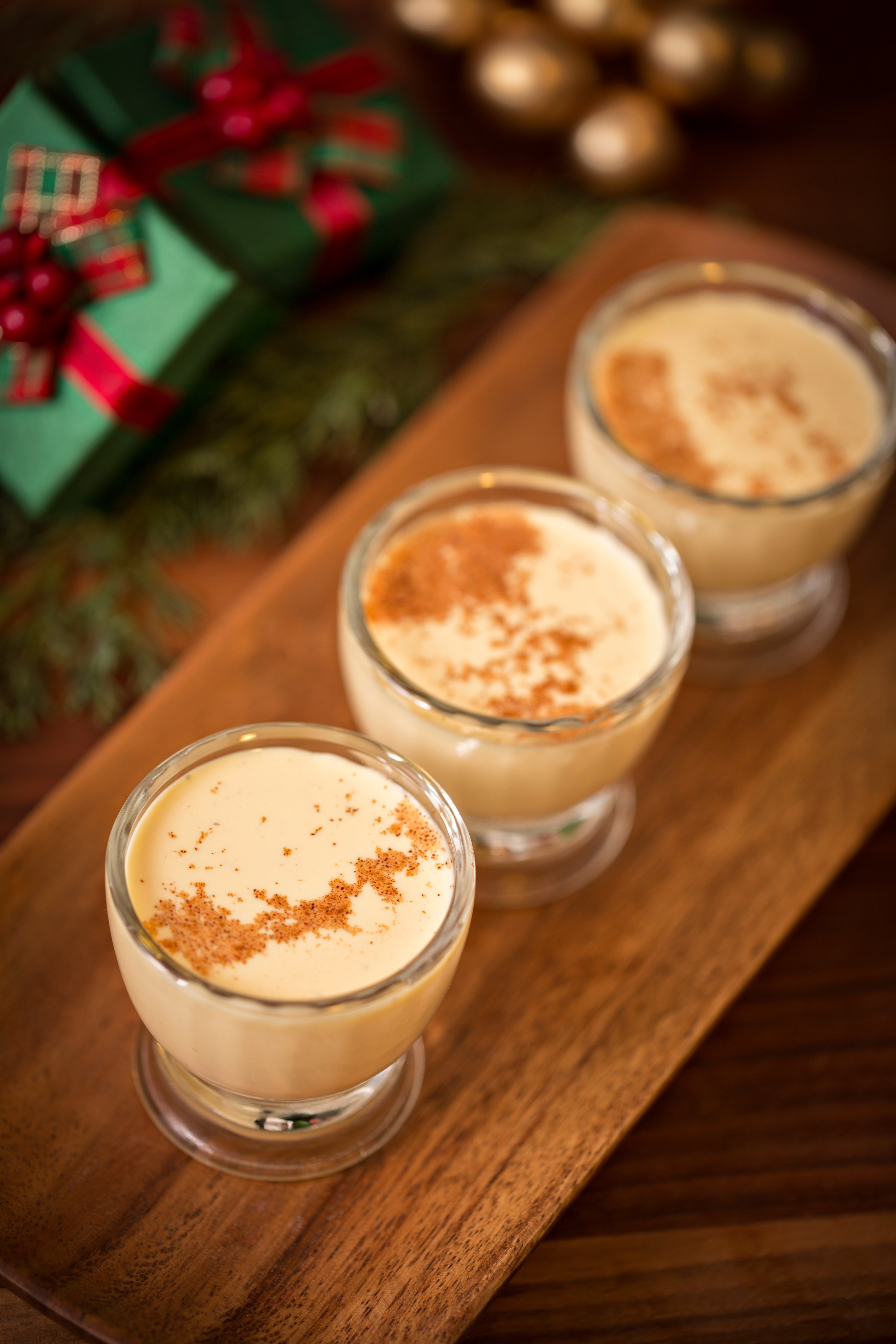
“Admissible indulgence” is a phrase worth adding to your vocabulary at this time of year. It argues the case for all manner of guilty holiday pleasures, and none more so than the alcohol-based kind. Classic winter libations are the enduring pillars of the cocktail world. Unchanged over centuries, unfazed by trends, and essential components of the epicurean Christmas. Best of all, the brevity of time between arrival and departure of our favorite winter drinks makes it all the more acceptable to consume them in (excessively) moderate amounts — hey, it’s always been this way!
Mulled wine first spread in Europe with the Romans, but was also a favorite of the Ancient Greeks, most notably Hippocrates, who was known to sugar and spice his wine in the name of medicine. The Anglo-Saxon equivalent of mulled wine is wassail, a drink based on hard cider and traditionally consumed, or wassailed (taken from the Old English word meaning “to you health!”) during the English apple harvesting period. The Victorians drank purl, which, aside from being the name of my first cocktail bar, was a heady mixture of gin, warm beer, sugar, bitter herbs, and spices. In Colonial America it was the ale-and-rum-based flip that warmed the cockles of tavern patrons, requiring a red hot poker and a steady hand for authentic reproduction.
And then there’s eggnog. Ticking every single one of the guilt/pleasure boxes, on account of being little more than fat, sugar, and alcohol, it is eggnog’s magical marriage of nutritionally awkward substances that make it so ludicrously delicious. Here is a drink that is all but indistinguishable from melted ice cream and hard liquor, or, to put it another way: alcoholic custard. We don’t invent drinks like eggnog anymore because people would, at best, point and laugh at the ingredients; or at worst, accuse the bartender of physical assault. On the other hand, if surviving a cold winter in the 18th century happens to be top of your priorities, eggnog does make a little more sense: alcohol and sugar provide energy, eggs supply protein, and the fat from the milk or cream gives the drinker the necessary “layers” to deal with the frost.
Eggnog actually predates North American drinking, in recipe at least, having existed under various guises for the past 500 years and probably spawning from an old English drink called posset. If a posset sounds familiar, that’s because it’s a foodstuff that is currently experiencing a mini-revival on restaurant dessert menus, where it usually takes the form of a lemon-flavored set and soured custard. Early versions of the posset date back to the late Middle Ages, when boiled milk with spices and ale (or mead) were combined with great effect. Later, in the 16th century, recipes included eggs and the drink would be served from a specially designed posset pot resembling a teapot with two handles. The posset also has a much greater claim to fame: it is one of the few mixed drinks to appear in the works of Shakespeare — Lady Macbeth uses “drugg’d possets” to put her husband’s guards to sleep.
At what stage these egg-based winter warmers crossed the Atlantic is not entirely clear, and neither is the etymology of eggnog’s rather peculiar name. One explanation is the combination of “egg” and “grog.” Even though grog is usually associated with seafarers and rum rations, it has also been historically used as a generic term for both rum and liquor. Rum, brandy, and whiskey are all acceptable base spirits for eggnog these days, but rum was the colonial spirit of choice so there’s sense in that argument. Another explanation for the “nog” comes from small English wooden cups, called noggins. If the latter were true, it’s possible that the U.S. has the English to thank for both eggnog’s name and recipe.
Tristan Stephenson is the author of The Curious Bartender: The Artistry and Alchemy of Creating the Perfect Cocktail and an award-winning operator of a growing chain of restaurants and bars in the UK.
More Must-Reads from TIME
- Donald Trump Is TIME's 2024 Person of the Year
- Why We Chose Trump as Person of the Year
- Is Intermittent Fasting Good or Bad for You?
- The 100 Must-Read Books of 2024
- The 20 Best Christmas TV Episodes
- Column: If Optimism Feels Ridiculous Now, Try Hope
- The Future of Climate Action Is Trade Policy
- Merle Bombardieri Is Helping People Make the Baby Decision
Write to Tristan Stephenson at tristan@fluid-movement.com